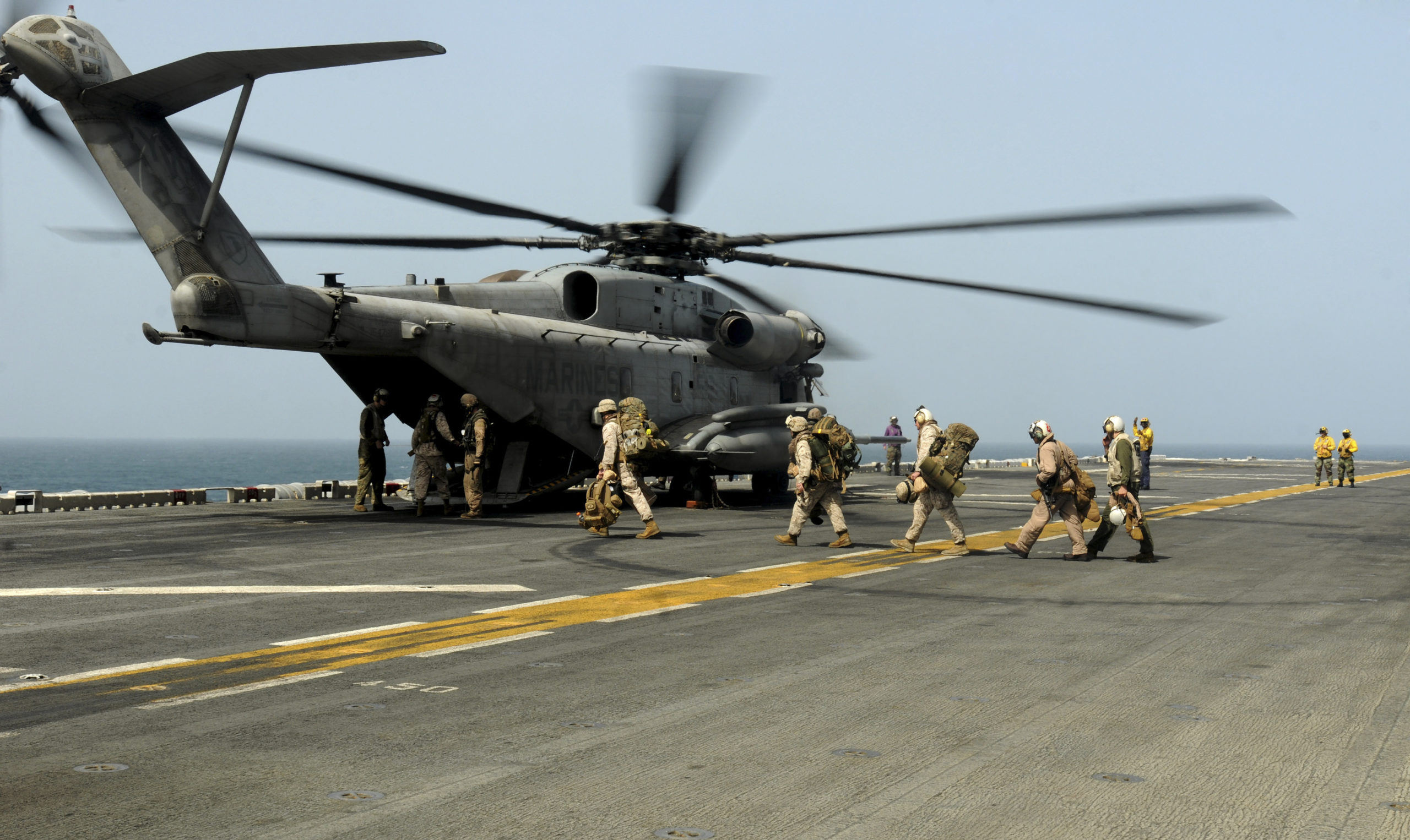It’s important to keep track of the common issues affecting your helicopter to help keep it in good shape. A large part of this process involves monitoring and fixing potential problems in advance to prevent more future damage. According to The Helicopter Journal, helicopters fly at average altitudes between 12,000 and 15,000 feet. You want to ensure their performance is top-notch to ensure the safety of its passengers. Here are the most common helicopter issues to be wary of before taking to the skies.
Transmission Problems
A defective transmission leads to a loss of power. If you notice any strange noises coming from under your seat or there is no movement in one direction, you must contact a mechanic immediately. You may also need helicopter replacement parts such as clutches and seals before flying again.
Instrumentation Problems
The instruments in a helicopter can fail, resulting in loss of altitude or control over the aircraft. Instrument failures often occur due to electrical issues or moisture condensation in the instrument panel. Electrical systems are complex and can fail without warning, leaving pilots without power on the ground or in flight.
Hydraulic System Problems
Hydraulic systems function like those in cars. The hydraulic power system not only provides the energy needed to control the flight of an aircraft but also allows for some special functions like hover, auto-rotation, and dynamic rollover protection. When one part fails, other components may fail too and can cause your aircraft to stall unexpectedly. The first step is to inspect your hydraulic system regularly to see if it needs helicopter replacement parts or maintenance work.
Fuel Lines and Filters
Helicopter fuel leaks can result from cracked hoses or adapter fittings, poorly-sealing fuel caps, and clogged filters. If you see brown or black smoke from your engine, it’s likely an engine oil leak. Since fuel leaks are common in helicopters, you should check the fuel lines and filters for leaks. In addition, you may need helicopter replacement parts, including changing the filter after every 100 hours of flight.
We know it can be overwhelming to handpick all the details of helicopter issues, but we hope this preview will get you on the right track. We aim to help you keep your helicopter running at its best for as long as possible. If you have any further questions about helicopter replacement parts, contact us for more information.

